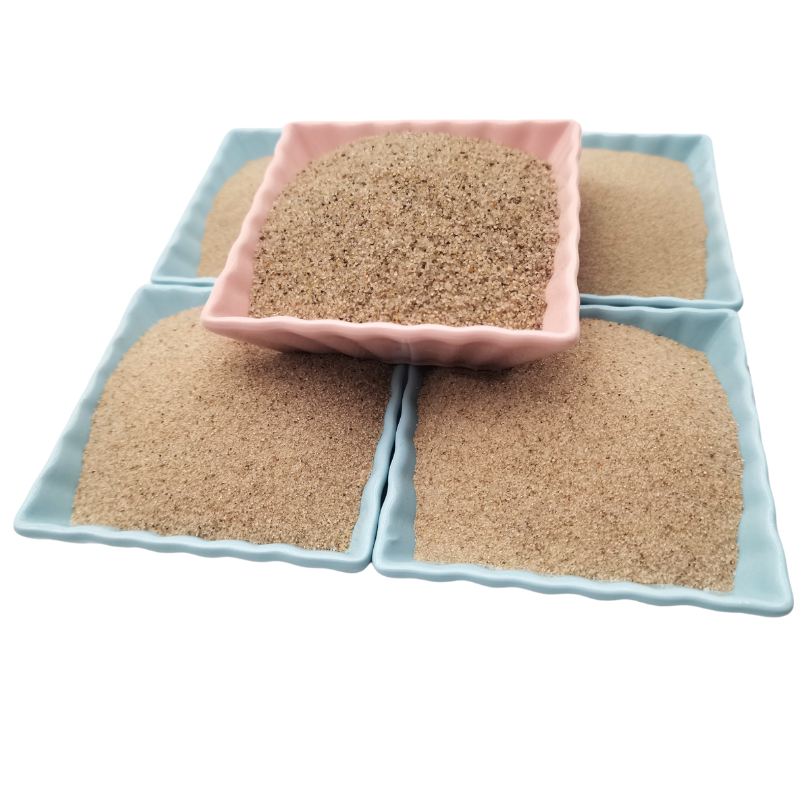
Perlite vs Vermiculite
Perlite vs. Vermiculite Understanding the Distinctive Properties and Applications
When it comes to soil amendments and horticultural products, perlite and vermiculite are two significant players that often find themselves compared. Both materials are derived from natural resources and are utilized for their unique properties that enhance plant growth. However, they have distinct characteristics and applications that cater to different gardening and planting needs.
What is Perlite?
Perlite is a volcanic glass that, when heated, expands and forms lightweight, white, porous granules. This material is prized for its exceptional aeration and drainage capabilities. The irregular shape of perlite particles allows for good airflow around plant roots, which is crucial for healthy growth. Additionally, perlite is sterile, which means it does not harbor pathogens or pests, making it an excellent choice for seed starting mixes and hydroponic systems.
In gardening, perlite is often mixed with soil to improve drainage, particularly in containers or raised beds. Its lightweight nature also reduces soil weight, making it easier to handle during planting. Moreover, perlite does not retain moisture, so it is not suitable for plants that require consistent wet conditions.
What is Vermiculite?
Vermiculite, on the other hand, is a hydrous phyllosilicate mineral that undergoes a heating process to expand into accordion-like granules. Unlike perlite, vermiculite has excellent water retention properties. The microscopic structure of vermiculite allows it to absorb moisture and nutrients, which are then available to plant roots as needed. It also promotes aeration to a degree but excels in retaining moisture.
perlite v vermiculite factory

Vermiculite is commonly used in potting mixes, especially for seeds and seedlings, as it provides a moisture-retentive medium that encourages germination and root development. It is particularly beneficial for plants that thrive in high humidity or those that require consistent moisture levels.
Comparative Applications
While both perlite and vermiculite serve vital roles in gardening, their applications often vary based on the specific requirements of the plants being cultivated. For instance, succulents and cacti, which prefer dry conditions, benefit from the use of perlite to promote quick drainage. Conversely, seedlings and other moisture-loving plants thrive in a mix that includes vermiculite for its water-retaining properties.
Furthermore, perlite is often utilized in industrial applications, such as insulation and construction, due to its lightweight and fire-resistant attributes. Vermiculite is similarly versatile, used in insulation and as a lightweight filler in construction materials.
Conclusion
In summary, both perlite and vermiculite offer unique advantages in gardening and various industrial applications. choosing the right material depends on the specific needs of the plants and the growing conditions. Whether you opt for the drainage capability of perlite or the moisture-retaining qualities of vermiculite, understanding their properties will help you create an ideal growing environment for your plants. Their distinctive characteristics make them invaluable to gardeners and horticulturists, ensuring healthy and thriving plants.
Share
-
Premium Talcum Powder Enhanced with GPT-4 Turbo | Soft & Long-LastingNewsAug.02,2025
-
Fly Ash Solutions Enhanced by GPT-4 Turbo | Sustainable InnovationNewsAug.01,2025
-
Natural Premium Bentonite Cat Litter - Superior ClumpingNewsJul.31,2025
-
Premium Resin Coated Sand - High Heat Resistance CastingNewsJul.31,2025
-
High Quality Silicon Carbide Grit for Abrasive ApplicationsNewsJul.30,2025
-
High-Quality Ceramsite for Plants & Gardening | Lightweight PebblesNewsJul.29,2025






